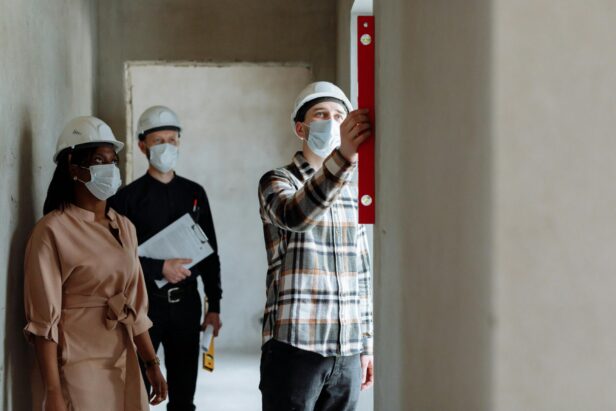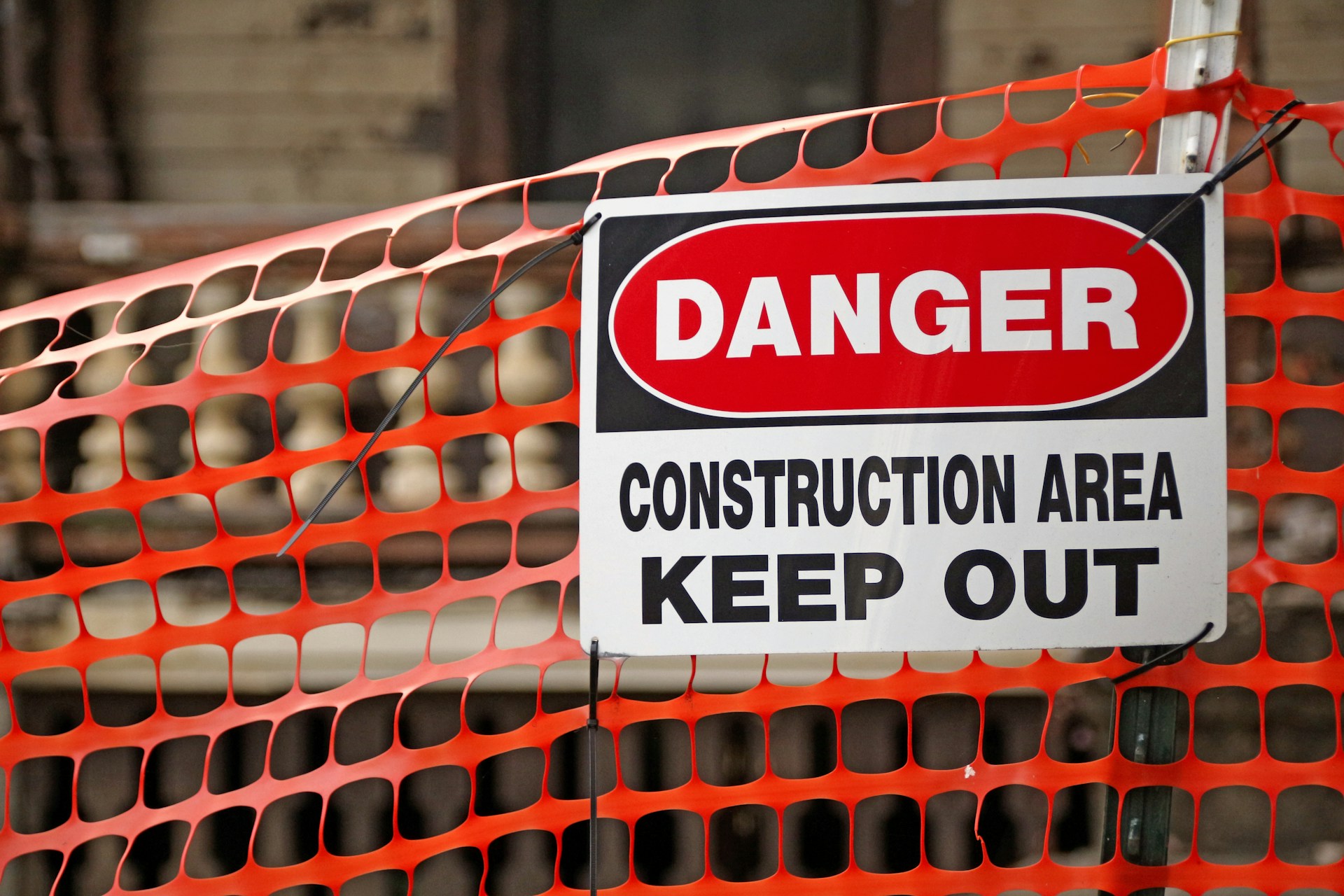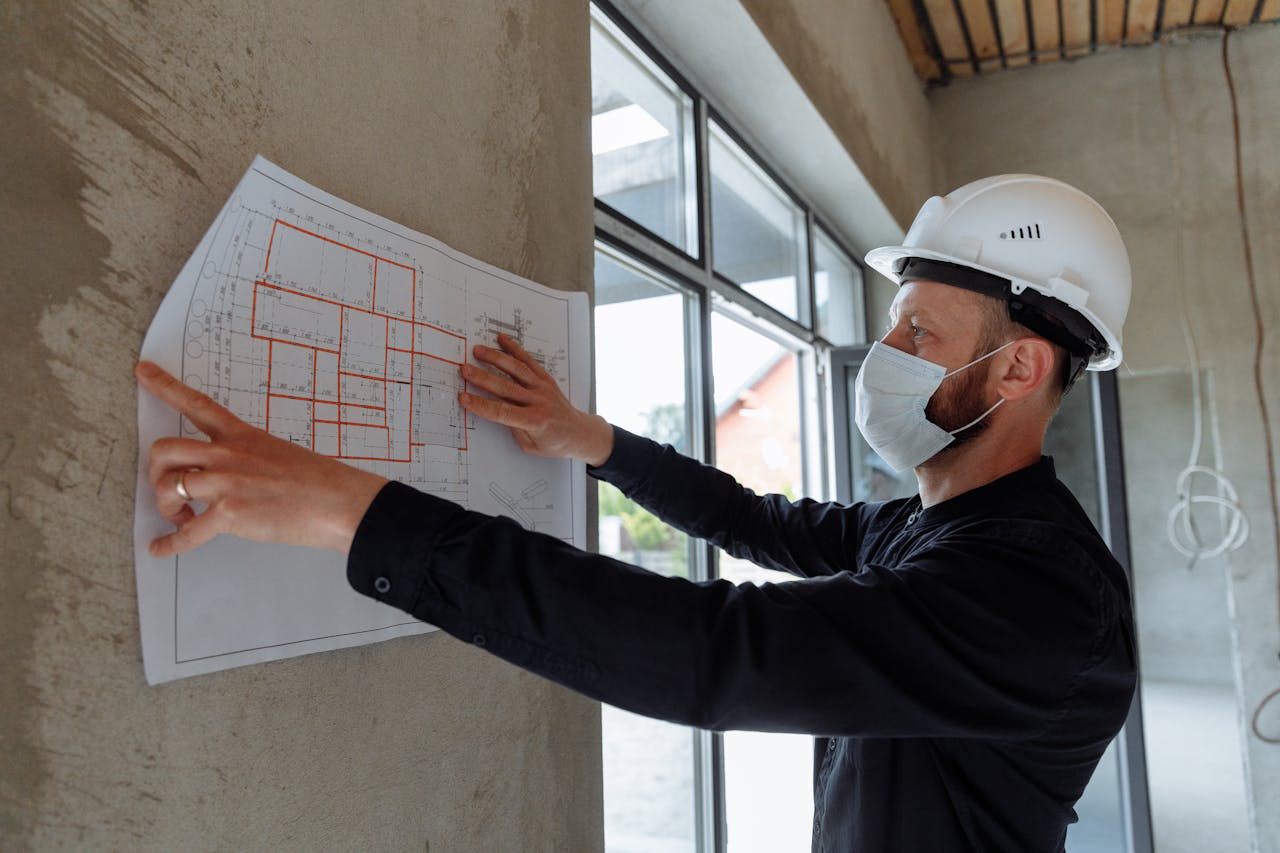Commercial property condition assessments (PCAs) are essential tools for evaluating the physical state of commercial real estate assets. Also known as property condition reports (PCRs), these comprehensive evaluations provide critical insights for investors, buyers, and lenders involved in commercial property transactions. PCAs involve a thorough walk-through survey of a property, conducted by qualified professionals, to identify physical deficiencies, assess material deferred maintenance, and evaluate the condition of key building systems and components.
The primary purpose of a PCA is to give stakeholders a clear picture of a property’s current condition and potential future capital needs. This information serves several crucial functions in the due diligence process:
- It helps buyers understand the true condition and value of a property they’re considering purchasing
- It allows lenders to assess the risk associated with financing a particular property
- It provides investors with data to inform their financial modeling and return projections
- It identifies immediate repair needs and long-term maintenance requirements
By uncovering physical deficiencies and maintenance issues that may not be apparent from a casual inspection, PCAs enable more informed decision-making in commercial real estate transactions. They provide an objective, third-party assessment that can be used to negotiate purchase prices, plan for future capital expenditures, and mitigate potential risks associated with property ownership or investment.
What Do Commercial Property Condition Assessments Evaluate?

Commercial property condition assessments (PCAs) offer a detailed evaluation of a property’s physical systems and components. Our team performs a systematic inspection that encompasses several critical areas, providing buyers, lenders, and owners with a clear understanding of the asset’s condition. Here’s an overview of the key elements we assess:
Site Improvements
We thoroughly examine exterior areas such as parking lots, landscaping, and drainage systems. This review identifies any issues with pavement condition, site grading, or water management that may affect the property’s functionality and value.
Structural Systems
Our structural assessment includes an examination of foundational elements, load-bearing walls, floor systems, and roof structures. We check for signs of settlement, cracking, or other indicators of potential structural issues.
Building Envelope
The building envelope evaluation covers roofing systems, exterior walls, windows, and doors. We assess the condition and expected lifespan of these components to identify any water intrusion risks or energy efficiency issues.
Mechanical and Electrical Systems
Our team inspects essential building systems, including HVAC equipment, plumbing infrastructure, and electrical components. We evaluate the age, condition, and capacity of these systems to identify any immediate repair needs or upcoming replacement requirements.
Life Safety and Fire Protection
We review fire alarm systems, sprinklers, emergency lighting, and other life safety features to ensure they meet current code requirements and function properly.
Vertical Transportation
For multi-story buildings, we assess elevators and escalators, examining their condition, safety compliance, and any modernization needs.
Document Review and Interviews
Besides the physical inspection, we conduct a comprehensive review of available documentation and interview property management. This provides valuable context on maintenance history, known issues, and planned improvements.
By systematically evaluating these key areas, our property condition assessments deliver actionable insights on immediate repair priorities and long-term capital planning needs. This empowers our clients to make informed decisions and effectively manage their commercial real estate assets.
Who Conducts PCAs and What Standards Apply?
Property condition assessments are typically conducted by qualified professionals with expertise in building systems and construction. The key personnel involved in PCAs include:
Field Observers
Field observers are the ones who physically inspect the property and its components. These professionals often have backgrounds in architecture, engineering, or commercial building inspection. Their role is to systematically evaluate and document the condition of building systems, structures, and site improvements.
PCR Reviewers
Property Condition Report (PCR) reviewers analyze the data collected by field observers and compile the final assessment report. They bring advanced expertise to interpret findings, estimate costs, and provide recommendations. PCR reviewers often have extensive experience in facility management, construction, or engineering disciplines relevant to commercial real estate.
Specialists
Depending on the property type and complexity, specialists may be involved to assess specific building systems or components, such as:
- Mechanical engineers for HVAC systems
- Electrical engineers for power distribution and lighting
- Structural engineers for building frames and foundations
- Roofing consultants for detailed roof assessments
Industry Standards: ASTM E2018
The leading standard guiding property condition assessments is ASTM E2018, “Standard Guide for Property Condition Assessments: Baseline Property Condition Assessment Process.” This widely adopted standard defines best practices for conducting PCAs and helps ensure consistency across the industry. Key aspects of ASTM E2018 include:
- Standardized methodology for conducting assessments
- Guidelines for report content and format
- Protocols for visual observations and document reviews
- Definitions of key terms used in PCAs
- Recommendations for assessor qualifications
By adhering to ASTM E2018, PCA providers deliver reports that are comprehensive, reliable, and comparable across different properties and assessors. This standardization is crucial for property investors, lenders, and other stakeholders who rely on PCAs to make informed decisions about real estate assets.
While ASTM E2018 sets the baseline, many PCA providers offer enhanced assessment options that go beyond the standard scope to meet specific client needs or address unique property characteristics. When commissioning a PCA, it’s important to discuss the level of assessment desired and ensure the provider has the necessary qualifications and experience to deliver actionable insights about the property’s condition.
What Reports Are Generated and How Are They Used?

The primary deliverable of a Property Condition Assessment (PCA) is the Property Condition Report (PCR). This comprehensive document details the findings of our inspection and provides recommendations for addressing any identified issues. While the full PCR contains extensive information, two key components stand out as particularly valuable for stakeholders: the Immediate Repairs Table and the Replacement Reserve Table.
Immediate Repairs Table
The Immediate Repairs Table is crucial for identifying and prioritizing urgent capital needs. We meticulously document any failing systems, safety concerns, or code violations that require prompt attention. This table includes:
- Detailed descriptions of identified issues
- Estimated costs for repairs or replacements
- Recommended timelines for addressing each item
For example, an Immediate Repairs Table might highlight a failing roof system that needs replacement within 90 days, along with the associated $50,000 cost estimate. This information allows property owners, buyers, or lenders to quickly assess immediate financial obligations and potential risks.
Replacement Reserve Table
While the Immediate Repairs Table focuses on pressing concerns, the Replacement Reserve Table takes a longer view. We project capital expenses over a typical 12-year period, based on the expected useful life of various building components. This table serves as a roadmap for future maintenance and upgrades, including:
- Anticipated replacement years for major systems (HVAC, elevators, etc.)
- Estimated costs for each replacement or major repair
- Annual reserve contributions needed to fund future expenses
A Replacement Reserve Table might indicate that the property’s HVAC system will likely need replacement in year 8 at an estimated cost of $100,000. This allows for proper financial planning and helps avoid unexpected capital outlays.
How Stakeholders Use PCR Information
The insights provided by the PCR, particularly these two tables, serve various stakeholders in different ways:
- Buyers: Use the information to negotiate purchase prices, considering immediate repair needs and long-term capital requirements.
- Lenders: Assess the property’s condition to determine loan terms and ensure the asset provides adequate collateral.
- Property Owners: Develop informed capital improvement plans and budgets for maintaining the asset’s value.
- Asset Managers: Prioritize maintenance activities and allocate resources effectively across a portfolio of properties.
- Investors: Evaluate potential acquisitions and compare the financial implications of different investment opportunities.
By providing a clear picture of both immediate needs and long-term capital requirements, the PCR becomes an invaluable tool for financial modeling, risk assessment, and strategic decision-making in commercial real estate.
At EB3 Construction, we understand the critical role these reports play in our clients’ success. Our experienced team ensures that every PCR we produce delivers actionable insights, helping stakeholders make informed decisions and maximize the value of their real estate assets.
Who Uses PCAs and Why Are They Important?
Commercial property condition assessments (PCAs) play a crucial role for multiple stakeholders involved in real estate transactions and asset management. Here’s a closer look at who uses PCAs and why they are essential:
Buyers
For potential investors, PCAs are a vital tool in the due diligence process. They provide a detailed evaluation of a property’s physical condition, allowing buyers to:
- Assess the true value of their potential investment
- Identify hidden issues that could impact the property’s performance
- Gain leverage in price negotiations based on documented repair needs
- Develop more accurate budget projections for future maintenance and capital expenditures
Lenders
Financial institutions rely heavily on PCAs before approving loans for commercial properties. PCAs help lenders:
- Evaluate the overall risk associated with the property as collateral
- Ensure the property’s condition aligns with the loan amount and terms
- Identify major issues that could affect the borrower’s ability to repay the loan
- Make informed decisions about loan approval, interest rates, and other financing terms
Property Owners
Owners of commercial real estate find PCAs valuable for several reasons:
- Pre-sale preparation: Identifying and addressing issues before listing a property
- Maintenance planning: Developing strategic, long-term maintenance schedules
- Capital budgeting: Forecasting and prioritizing major repairs or system replacements
- Performance optimization: Identifying opportunities to improve energy efficiency or reduce operating costs
Real Estate Developers
For those considering property redevelopment, PCAs provide critical insights:
- Feasibility assessment: Determining if a property is suitable for planned renovations or repurposing
- Cost projections: Estimating the scope and cost of necessary upgrades
- Risk mitigation: Identifying potential roadblocks or compliance issues early in the planning process
Tenants
Though less common, some commercial tenants may request or review PCAs to:
- Ensure the property meets their operational needs and quality standards
- Understand potential disruptions from major repairs or system failures
- Clarify responsibilities for maintenance and repairs in lease negotiations
The Importance of PCAs in Risk Management
For all these stakeholders, PCAs serve as a crucial risk management tool. They provide objective, professional assessments that enable more informed decision-making. By offering a clear picture of a property’s condition, immediate repair needs, and future capital requirements, PCAs help:
- Reduce financial risk by uncovering hidden issues and accurately forecasting expenses
- Enhance negotiating power for buyers, sellers, and tenants
- Improve long-term asset management and budget planning
- Ensure compliance with lender requirements, building codes, and safety regulations
- Optimize property performance and value over time
In the intricate world of commercial real estate, property condition assessments have become indispensable. They provide the transparency and analysis needed to make sound investment decisions, secure financing, and maintain valuable assets effectively. For any stakeholder involved in commercial property transactions or management, understanding and utilizing PCAs is key to mitigating risk and maximizing property value.
Conclusion: The Value of Professional Property Condition Assessments

Commercial property condition assessments are a crucial component of due diligence in real estate transactions. By offering detailed insights into a property’s physical state, pinpointing urgent repair needs, and forecasting future capital requirements, these assessments empower stakeholders to make informed choices and minimize risks. Although the scope may vary depending on client needs and property types, following established standards like ASTM E2018 ensures consistent, reliable outcomes.
For anyone involved in commercial real estate—whether buying, selling, lending, or managing—professional assessments provide valuable intelligence that protects investments and enhances property performance. A comprehensive assessment can distinguish between a sound investment and a costly mistake. Skipping this essential step in due diligence could leave stakeholders vulnerable to unforeseen liabilities and expenses later on.
As the commercial real estate sector develops, the significance of professional condition assessments continues to grow. These evaluations offer a solid basis for strategic planning, budgeting, and risk management. Partnering with experienced professionals for comprehensive assessments is not just advisable—it’s essential for protecting commercial real estate interests.
We urge property owners, investors, and lenders to prioritize professional assessments as a core element of their real estate strategy. Doing so ensures access to detailed information necessary for confident decision-making and maximizing the value of commercial property assets.
To learn more about how professional property condition assessments can benefit your specific real estate needs, contact our team of experts for a personalized consultation.




